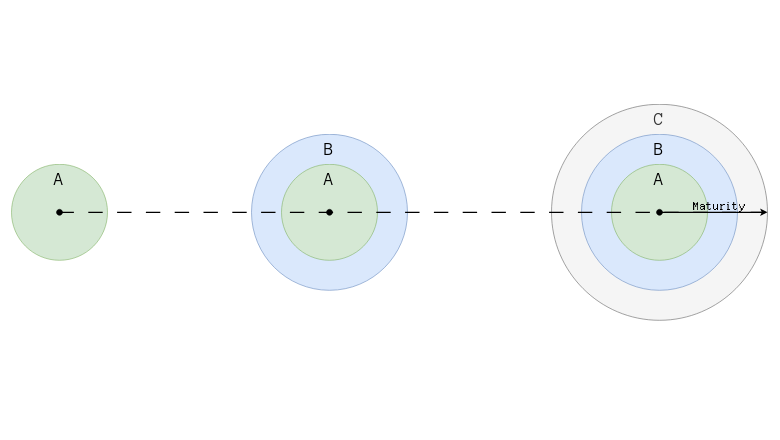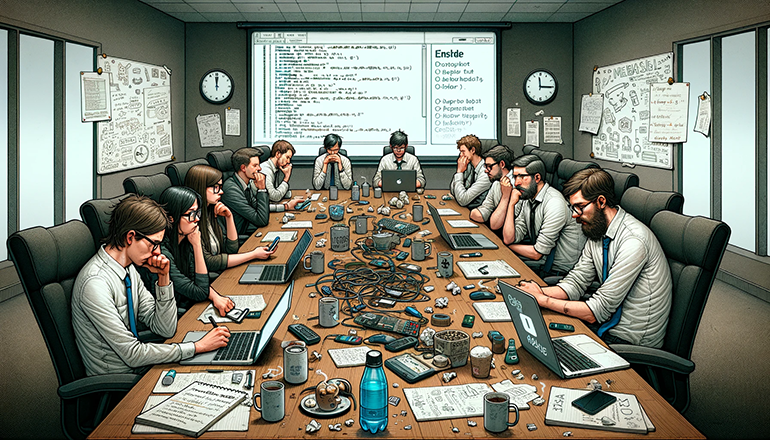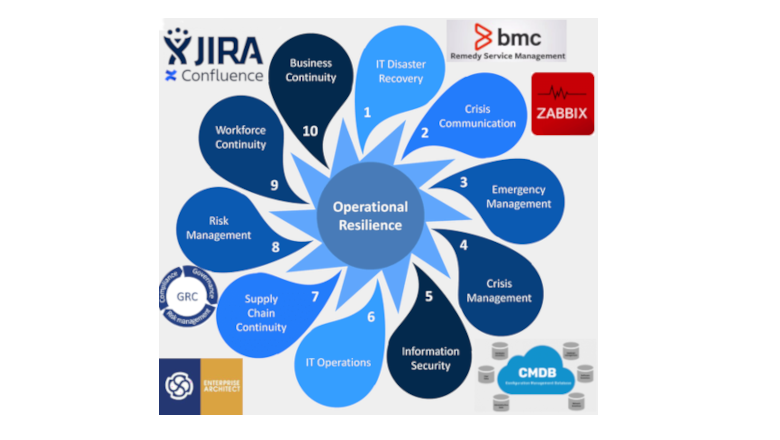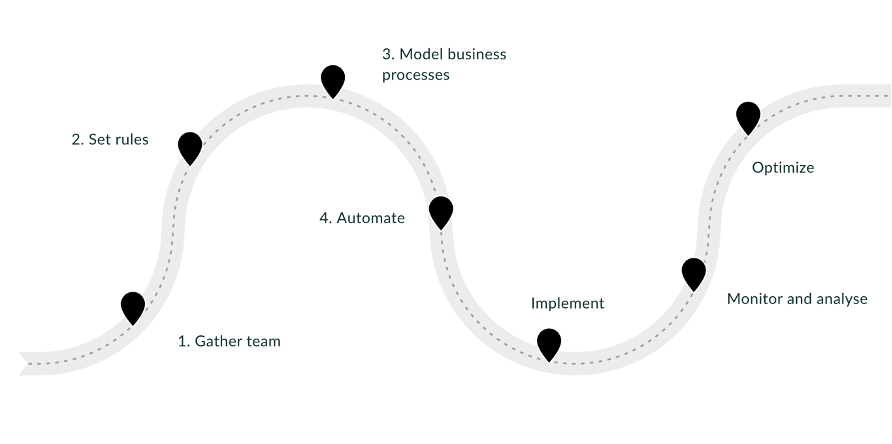In the software development industry, a lot of time and resources are spent on meetings. Many managers have calendars filled with meetings most of the time.
According to a study by Atlassian, the average worker spends up to 31 hours a month on unproductive meetings. That's about 8 hours a week, which is equivalent to a full work week for one employee out of a team of five people every month. If we convert this into working days, it means that on average four people are working, and one is constantly in meetings. This does not take into account additional time spent on informal discussions and ad-hoc meetings, which further reduce the time available for direct work on product creation. Thus, developers actually spend less than half of their working day on direct development, which is a worrying sign for any organization striving for innovation and efficiency.
Personally, I don't like meetings. I always try to minimize communication if an issue can be resolved without a face-to-face meeting. I apply this rule both at work and in life. For example, I prefer to refuel my car using an app, and I try to order food and other services without needing confirmation from an operator, and I did this even when such an approach was not so common. If I need to find a place, I will open a map in the app, instead of asking passers-by for directions.
My reluctance to waste time or be inefficient has resulted in our software development department carefully monitoring the time our developers spend on meetings. On average, a developer has only 2 hours and 15 minutes of mandatory meetings per week, including four 15-minute stand-ups, a 30-minute one-on-one meeting with a manager every two weeks, and 60 minutes for various meetings such as planning and demonstrations. The rest of the time, about 5 hours and 45 minutes, is spent on other activities in MS Teams, including chats and individual calls. Although we believe that this time should also be optimized, we focus mainly on key meetings to ensure that every minute spent is valuable.
In this article, I will consider the approaches I use and the ideas that motivate me to minimize the costs associated with meetings.
















